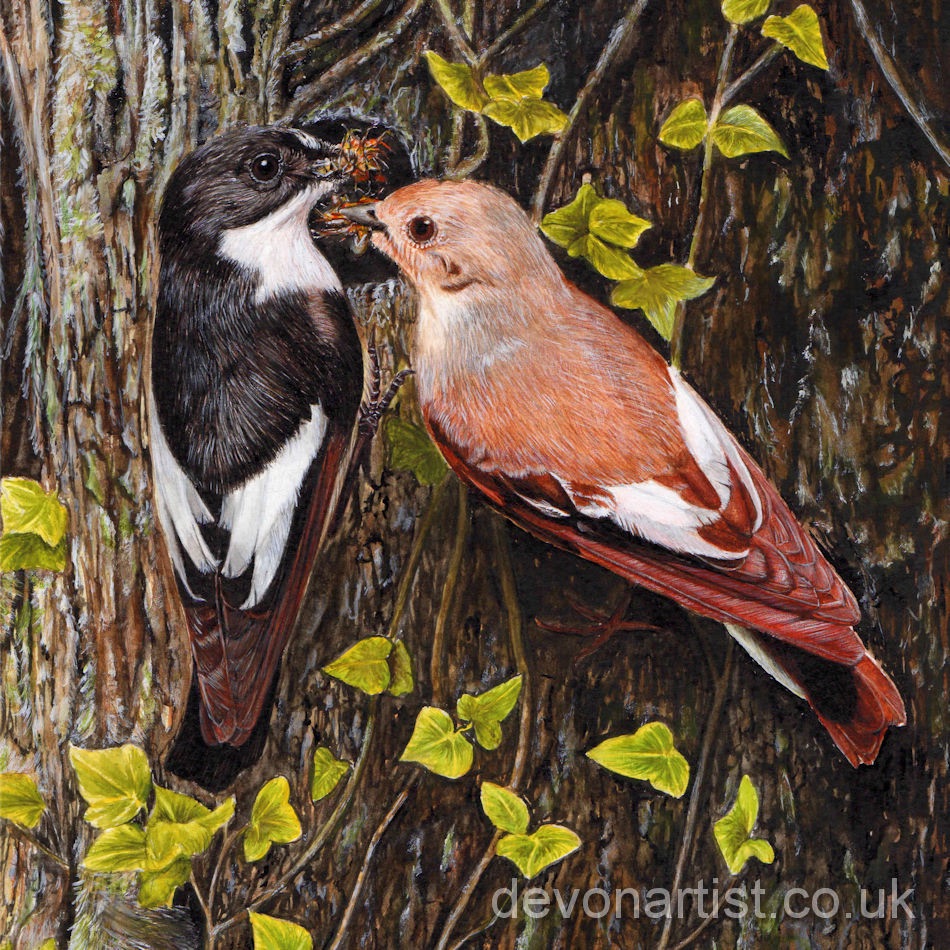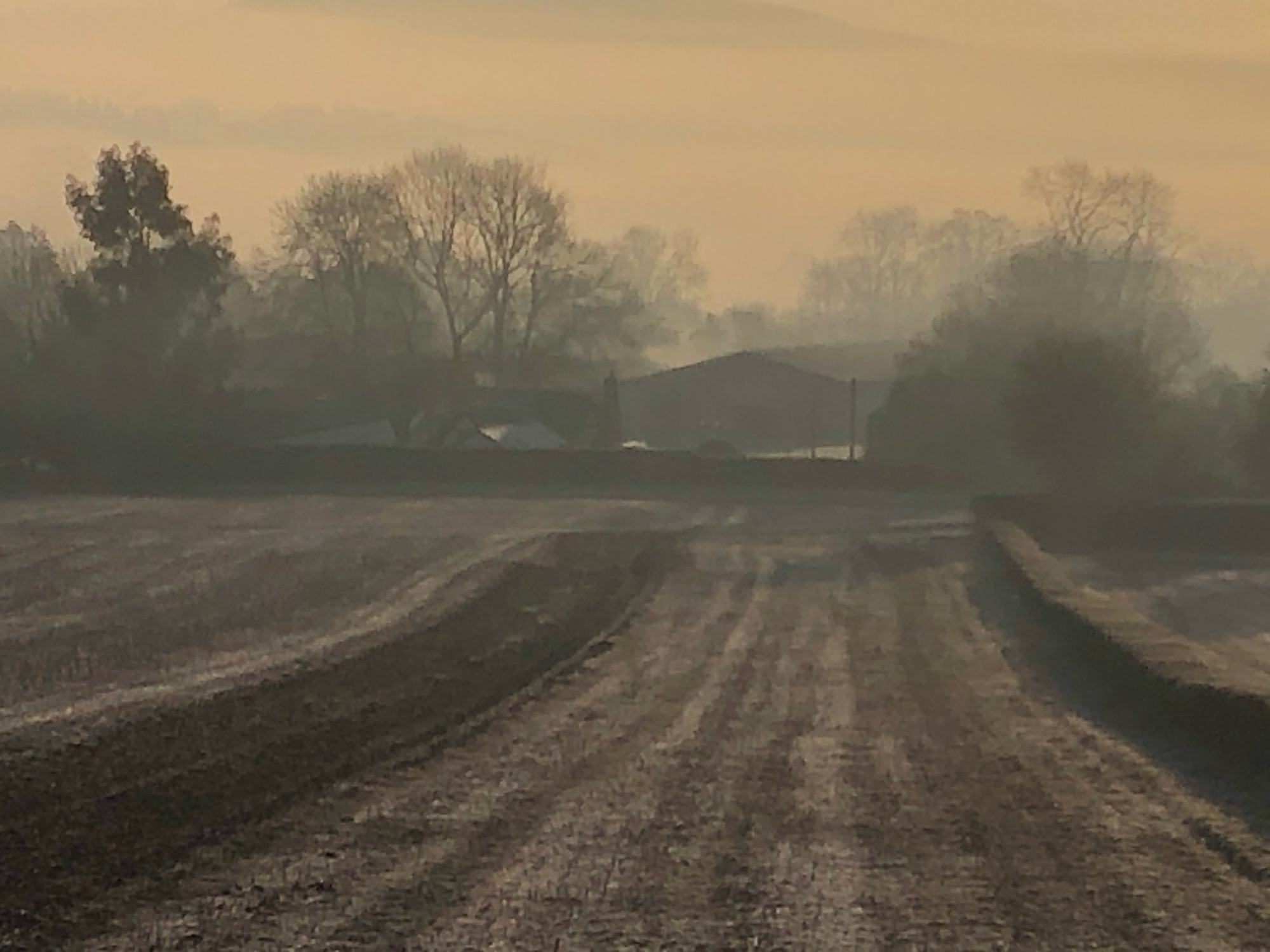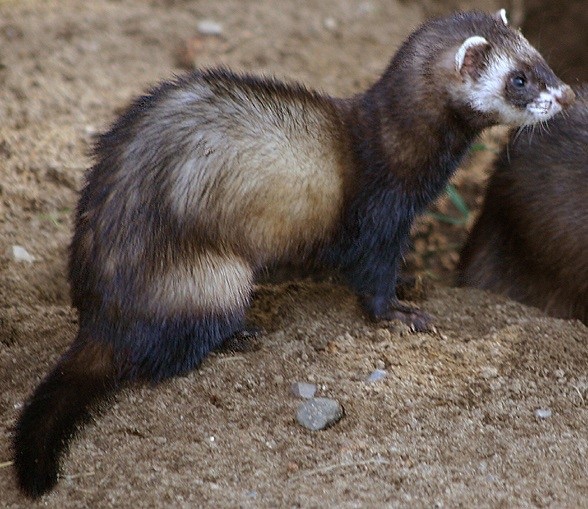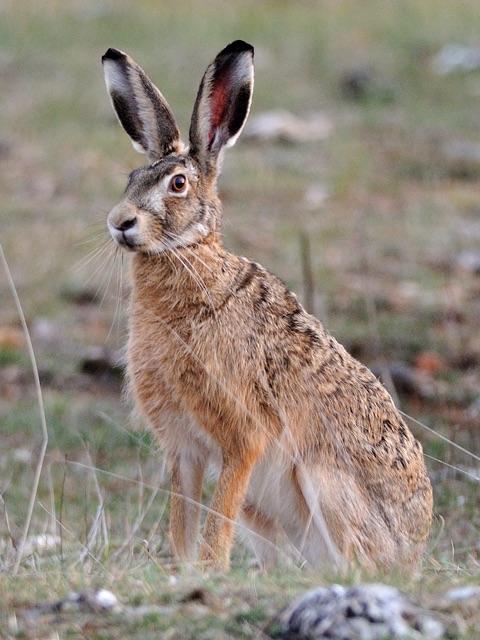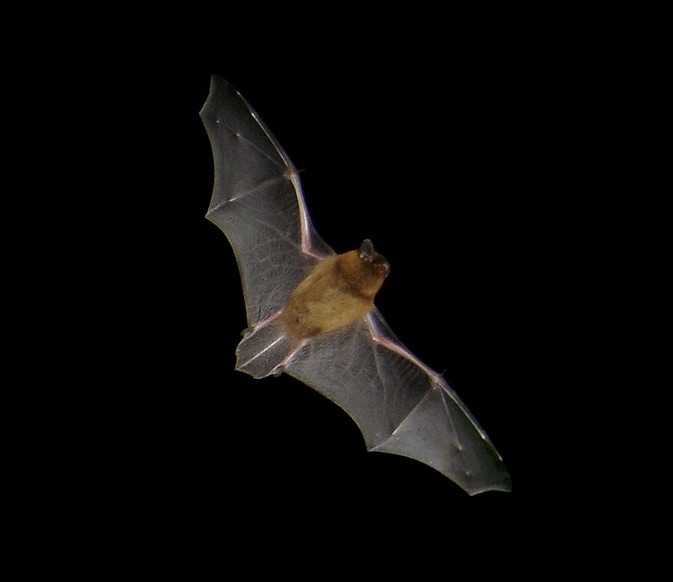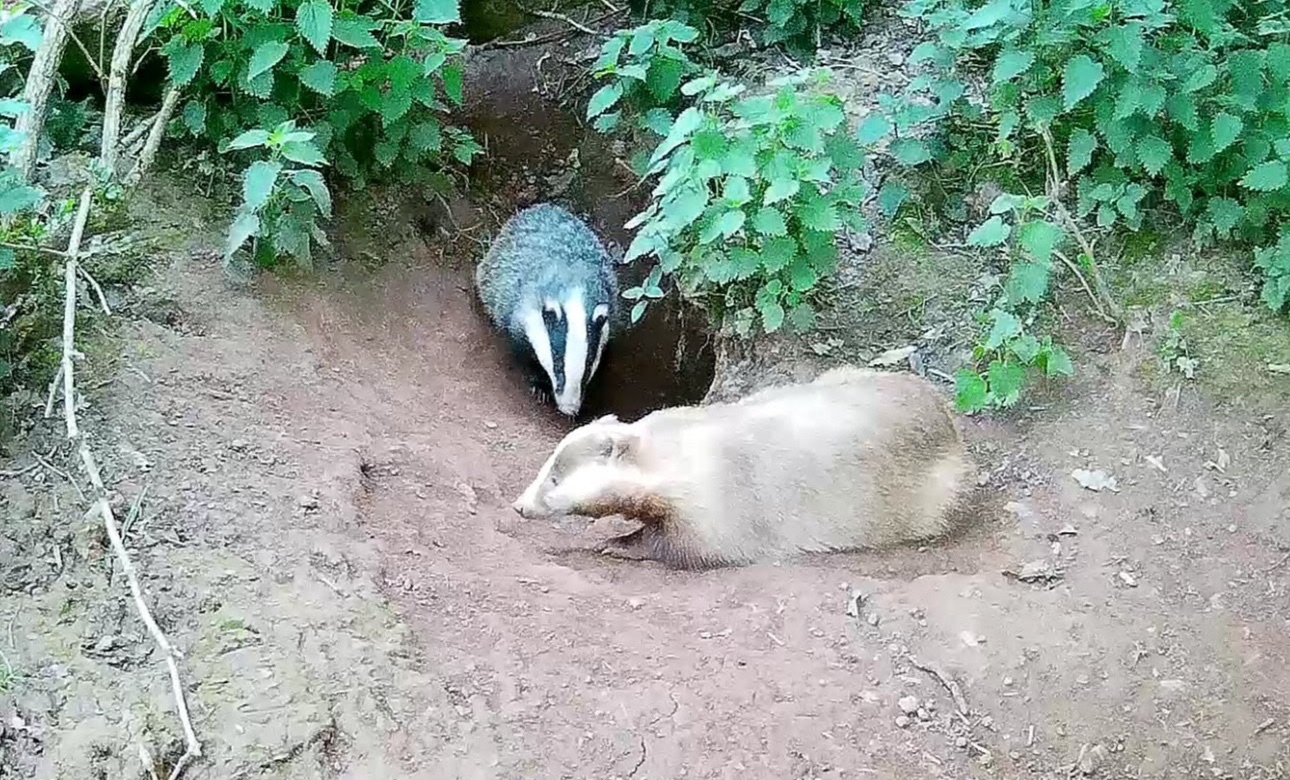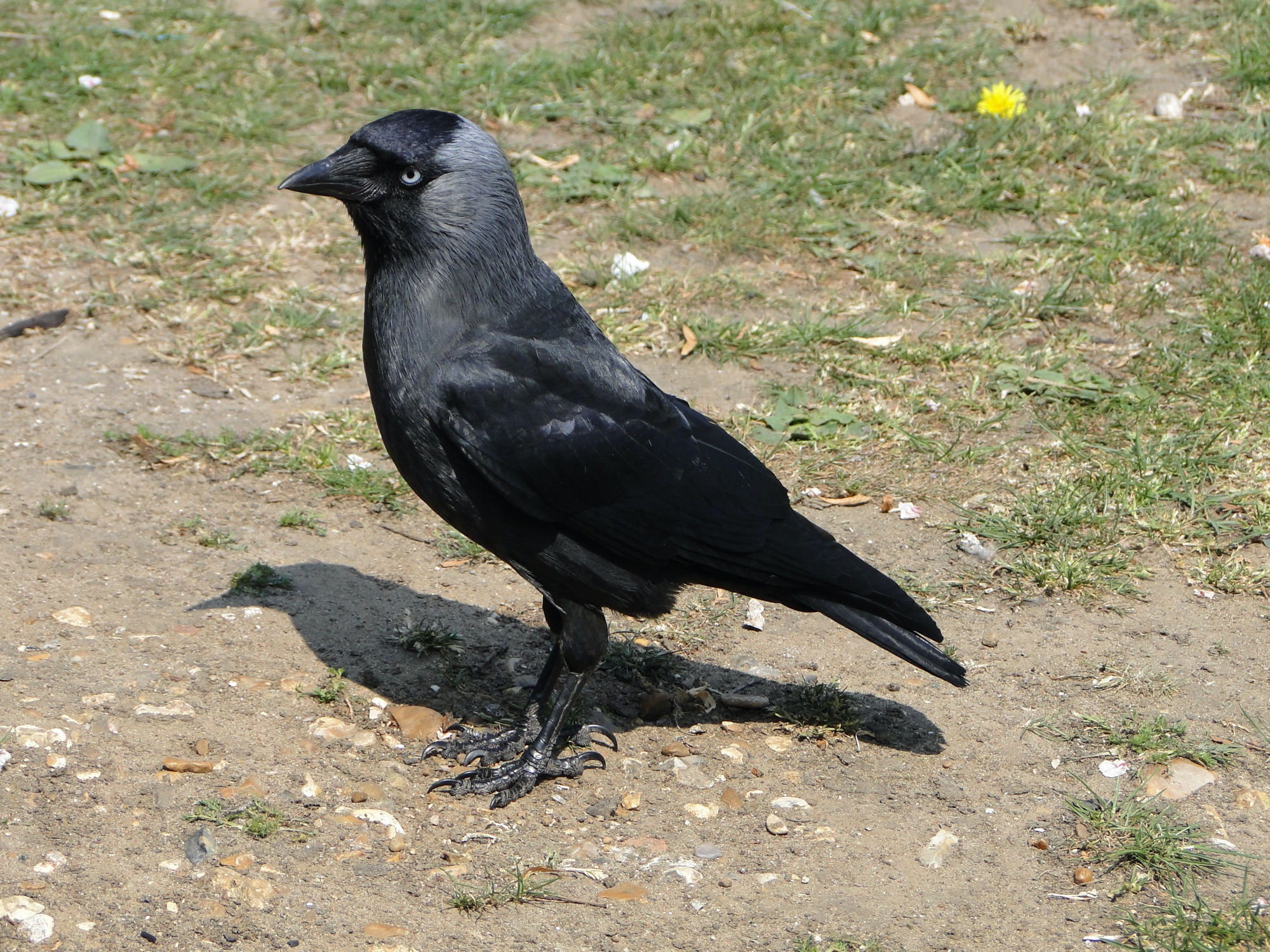Nature Watch
The Pied flycatcher is a small bird sightly smaller than a sparrow. They are a summer visitor migrating here from West Africa in late April to early May. It’s the males which are pied with stunning black and white plumage. They have adorable white spots in between their eyes like little flash lights. The female as with most species are a more gentle brown and cream.
The males arrive first at the breeding site to find a suitable location for nesting. He will defend this area before attracting a female with his call. The female will build the nest mainly from fine dry grass. They then lay between 4-10 eggs which are smooth and blue and once finished will
incubate for 13-15 days. Once hatched the chick’s are fed by both parents which will be ready to fledge at around 14-18 days old.
The flycatchers song is a sweet warble that is remembered as tree, tree once more I come to thee.
They are on the species red list of concern. They have declined by 53% since 1995. There is little evidence this actually has anything to do with breeding grounds but more to do with global warming. Their timing of breeding has become mismatched to availability of prey as warmer advanced spring results in earlier availability of invertebrate food. UK data is starting to suggest some adaption with advances in egg laying dates.
The reason for giving you this information on the not much known pied flycatcher are the boxes up in Merry hill. When I moved here I saw these and set out trying to find who was obviously managing them. I was finally put in touch with a member of the Hereford Ornithological Club who is ringer checking our boxes. So I immediately volunteered with him and have joined them every year since. Dave Coker has constantly shown great patience in teaching and helping me ring birds and has taught me so much to do with the birds we have been recording. His main focus in Hereford are the Pied flycatchers and he checks 3 other woodlands including ours.
When we check the boxes which starts weekly from April it does not matter what’s using them, we record nest, egg and chick progression and whether they fledge successfully.
Very basically if we look at a tit nest (which use these boxes the most) the female like the pfc does all the work until the young need feeding then the male will start helping too. So it takes roughly 2 weeks to build a nest, 2 weeks to lay their clutch, one egg a day (the most we’ve had are in the photo and that’s 18 blue tit eggs) 2 weeks to incubate then 3 weeks for the young to fledge.
Please if you are up in the woods between April and August do not look inside the boxes. There’s a few reasons for not checking boxes anywhere during this time the first is it might be a Wren nesting. We had 2 last year which we were very carefully recording without opening the box. The reason for this is they create a dome of moss and if this is disturbed in anyway the adults will not return and any young will obviously perish.
The other problem is with bolting chick’s. If the chick’s are older but not ready yet to fledge their danger instinct is to jump out of the nest in panic. This would obviously be very worrying and could result again in the chicks perishing.
But if you would like to have a look and be shown some boxes safely please feel free to contact me and I would always find some time to go up with you.
ANGELA STARLING
Now this little bird is my favourite. I feel they are very overlooked with people assuming they will just always be around us. Unfortunately these ubiquitous little guys are suffering as much as everything else.
The House Sparrow with their streaky brown feathers and grey cap are regular visitors to our gardens. Especially if you have hedges and shrubs for them to hide in and feel safe. The male has a black bib which shows his status. The older he gets and bigger the bib. They live for around 3yrs but one wild House Sparrow lived for two decades.
This is such a friendly little bird being the most sociable and gregarious in existence. But it is an understatement to say it has had a very tough time throughout history. Purging, culling and murdering are common words used in association with the House Sparrow. Even Shakespeare couldn't help himself calling them "lecherous creatures".
In 1958 the Sparrow was subject to elimination during the 4 pest campaign in communist China. Even though Chairman Mao once called for them to be their national bird because of its fortitude against entrapment. The Sparrow would rather starve to death than be held captive. It was considered of great symbolic importance. Their simple plumage denoted humility and as such a great virtue. Despite all this they ate too much grain so had to be wiped out!
Back in the UK we used to eat Sparrow pie! It was well known for its apparent aphrodisiac properties. Thankfully not any more. In our folklore should one enter your house there would most certainly be a death and the only solution was to kill the bird to thus prevent the death.
The first sparrows were found in a cave in Israel. They found two jawbones in a layer of sediment over 100,000 yrs old and they have been around humans for more than 10,000 yrs.
They are stubborn little creatures but are in heavy decline. Between 1977 and 2008 the decline was measured to 71% all over the UK except Ireland.
But originally native to Europe and Asia they have now colonised every continent except Antarctica and are the most widespread birds in the world.
Apparently the old Hereford name for them is Spadgers which I have used ever since I heard it.
They are a close relative of the Tree Sparrow which I've yet to see. These guys have a brown head and a black spot on both cheeks.
ANGELA STARLING
So I decided to write about something we see being destroyed more and more, but something that is probably one of the most important natural structures in our environment. The beautiful Hedgerow.
They have been around since our pioneering bronze age farmers and were embraced by the Romans. They increased as natural borders up until the 18C. They would have been straight but with a curve at one end to allow the team of oxen to turn around.
After ww2 the government encouraged a dramatic reduction in the number of integral hedgerows. In some cases 50% were destroyed. This was mainly to make space for larger vehicles of post war agriculture. We have left only around 450,000km in the UK. This is constantly being reduced.
Hedgerows are vital for habitat, food, soil erosion prevention and wind barriers. A number of insects, amphibians, mammals and birds utilise and rely on them. They help protect Dormice and Hedgehogs while they hibernate. They protect newts, frogs and toads which live in them most of the year and only go to ponds during spring and summer to reproduce. Certain species like Bumblebees and Bat’s especially the Greater Horseshoe bat use them to navigate. They provide cover for nesting and roosting birds as well as mice and other mammals. They are a corridor which allows wildlife to move around safely without getting predated. Hedgerows are also a vital food source with their aray of plant life and if left to flower help our pollinators with their rich nectar. Over the year they provide natural foraging with berries and nuts.
For farmers they create natural barriers that prevent water run off and soil erosion from their fields, so the ground dries out less. The diverse range of plant life within an old hedge can also help with climate change by storing carbon in its vegetation. However these important and historic structures are under threat.
Many are protected by law but activity around them is having a huge impact. Constantly being savagely cut low every year has a detrimental impact on bird populations and hedgerow health. They can be left up to 4yrs before being tidied up, as you might see on the way to Bromyard with their lovely high hedges which give a mass of white flowers every year. Most hedges you never see flower and all that potential nectar is unused.
Contamination from herbisides and pesticides which not only affect the plants and insects but also anything that feeds on either, is also threatening hedges. Only 41% of hedgerows are in a favourable condition, most are too short, too thin or just in poor condition. Nitrogen fertiliser is also having an increasingly distressing effect on the soils natural balance as it reduces organic matter which is obviously all the goodness within the soil that everything lives off. This has a detrimental effect on hedgerows, any woodlands close to where it's used and so the wildlife that live there
There are many brilliant farmers working to protect their hedges, relaying them and expanding them. But unfortunately there are many others and construction companies that are also happily ripping them out. They are also becoming collectors of all our plastic litter that’s in our environment and this can also have a detrimental effect on our wildlife.
On a good note the best way to manage a hedge to keep it healthy is to lay it. Driving around Herefordshire I have seen this a lot on my travels. But I do think a lot more can be done to help protect these beautiful and incredible wildlife homes.
ANGELA STARLING
The first time I saw a Polecat was unfortunately a dead one on the road. Such a beautiful mammal with his mask round his eyes and quite a thick tail. Since then I've seen them a number of times around Hereford, usually at night jumping off the road into the hedge but I have seen them now and then during the day again seeking the safety and shelter of the hedgerow. We are very lucky that in Herefordshire we have a good population which is hopefully now spreading throughout Britain.
This mammal probably colonised mainland England from continental Europe at the end of the last ice age around 9,500 years ago. Although they reached the mainland they did not reach Ireland.
The Polecat is a member of the Mustelid family of which includes Stoat and Badgers. They live for around 5years and are solitary in nature and require a square kilometre of home range. Mainly nocturnal you will mainly see them at night, but sometimes if the female is hunting for her kits she will be seen in the day. Radio tracking has shown they particularly favour hedgerows, woodland, riverbanks and in the winter farmland and buildings.
They favour lowland countryside and generally will not go above 500m. If threatened they will emit a very pungent musky odour from scent glands at the base of their tales, they also use this to mark territory. Polecats are polygynous (males will have more than one mate) In May/June they will have one litter of around 5-10kits. They will be weaned after 4 weeks and fully grown in 3 months. Polecats will interbreed with ferrets and the young tend to have lighter fur on their backs and whiter faces. Their diet mainly consists of rabbits, rats, frogs, birds and snakes.
Mustela Putorious means foul smelling musk bearer. The old English name is Foulmart which distinguishes it from Sweetmart or Pine Marten that has no foul odour. The name Polecat comes from Poule-chat (chicken cat) for its perceived love for chicken. Unfortunately they were reviled as chicken killers and in the middle ages they were declared vermin and a bounty was payed by church wardens for each one killed. By 1915 these mammals had been eradicated from most of mainland Britain by gamekeepers. They were basically on the brink of extinction. The only remaining areas where they were still established were Wales, Herefordshire and Shropshire. Reduced predator control after WW2 led to a slow recovery and then the cessation of commercial rabbit trapping in 1950 further eased the pressure of so called accidental trapping.Their conservation status is now Protected under the Wildlife andCountryside act 1981 that prohibits the killing or taking of these animals. It is also an offence to trap them even accidentally.
ANGELA STARLING
The Hare, for me one of the most peaceful, elegant and beautiful animals to come across. They represent so much to do with our past, our folklore and our countryside that you cant help feeling a strong connection to these stunning mammals.
Hares and Rabbits both come from the family Leporids and the genus Lepus. The Hare has a significantly larger heart than the rabbit. The Hares heart can weigh up to 1-1.8% of its body weight whereas the rabbits heart will weigh up to 0.3% of its total body weight. Obviously due to not going to ground and needing to run at high speeds has meant that this biological development is needed.
We have two different species of Hare in the UK. The European Brown Hare and the Mountain (Blue) Hare - Lepus Timidus which is a true native species. In Ireland there is a sub species the Irish Hare. Female Hares have around 2-4 babies in each litter and around 3-4 litters a year. Baby Hares are called Leverets and are born with their eyes open and fur. Because they live above ground they have to be ready to run from the minute they are born. Hares shelter in “forms” which are shallow depressions in the ground. They receive very little parental care which helps to not attract predators when they are at their most vulnerable. Does live in the same area all their lives while the Buck travels far and wide impregnating as many Does as will let him.
Hares eat grass but also bark and bushes unlike the rabbit that prefers softer vegetation. To flee from predators they can reach up to 45mph! They have incredibly strong rear legs. The “Mad March” boxing usually between March and April is practiced by both sexes but will usually be a female fending off an amorous male. The Mountain Hares are brown except during the winter when they moult and produce a white coat so they cant be seen in the snow. Unfortunately due to global warming, loss of snow on the mountains and the fact they cant stop turning white means they are much more vulnerable to be seen by predators.
The number of hares has reduced by 80% in the last 100 years due to changes in farming practices, loss of hedgerow and habitat and hunting.
The Hare was introduced in the Iron Age from continental Europe. They were bought over with chickens. It seems they were revered as Gods, as neither were eaten. The Hare is now considered naturalised and has been part of our and other civilisations folklore for generations. In Celtic tradition the Goddess most closely associated with the Hare is Eostre or Ostara. Over the centuries the symbol of the Hare and Ostara has become the Easter Bunny not as most people assume that its a Rabbit. The Hare was sacred to the Ancient Britains and Boudica released one before leading her men against the Roman Cavalry.
ANGELA STARLING
In the UK we have 17 Bat species. That’s almost a quarter of all our mammals! The common Pipistrelle ie Pipistrellus Pipistrellus is one of our smallest. This little bat can fit in a matchbox. The first time I got close to one of these little guys a friend called me as one was just lying on her front step. We got him into a cardboard box and gave him water and released him later that night. I was struck by the fact it was such an ugly little thing but that in itself made him beautiful. I’ve had a soft spot for bat’s ever since.
75% of bat sightings are Pipistrelles. They are our most common bat and are seen quite regularly around dusk. All our bat’s are nocturnal and find their food through echolocation. They will eat up to 3000 insects a night by scooping them up in their little wings. They roost in tree holes, roof spaces and of course Church roofs. Their colonies can be up to a 1000 strong.
Females will get pregnant between September to November but will then undergo a process known as delayed implantation. Her eggs will be fertilised immediately but the embryo only starts to develop when hibernation ends around 4 months later. The females will form maternity colonies and have just one single pup in June/July. They will feed their young on milk for around 3 week and then the pups are ready to fly. During this time the males will stay well away.
Bat populations are still fairly healthy but the last few years there has been a worrying decline. Habitat loss and disturbance are their biggest threats. If bat’s are disturbed they will abandon their young and won’t return to them. As usual a drop in habitat loss from the destruction of mature trees and hedgerows and agricultural practices have meant the loss off dwelling places and insect food. Which also is an issue for most of our wildlife today with up to a 75% decline in all insect numbers. If you would like to help bat boxes offer great roosts and planting wildflowers to help increase the amount of insects. Dandelions and foxgloves are great!
ANGELA STARLING
With their characteristic black and white face the Badger cannot be mistaken for any other UK animal. Stocky and powerful they typically weigh between 10kg - 12kg with a body length of 90cm. They are the UKs largest land predator.
Badgers are omnivorous which means they eat a wide range of food. But 80% of their diet is actually made up of earthworms. They can eat up to 200 a night. Fruit features heavily in their diet and when all this is scarce they will eat small mammals such as voles, rabbits and even our beautiful hedgehogs.
Badgers live in social family groups typically around 4 to 8 individuals which is called a Clan. Mating will take place all year round but a process of delayed implementation will occur to stop cubs being born until January or February. The young will then stay underground for about 2 months before emerging from the Sett. Cubs reach maturity around a year old. Some stay with the family and others will leave to make a new territory.
The best Badger habitat is a mix of woodland and open countryside. They live in a network of underground burrows and tunnels called a Sett.
There will be a main Sett which is their headquarters where they spend most of their time and rear their young. Then there will be smaller ones which are for safety when they are out foraging. Setts can be used for generations and can be hundreds years old. They are nocturnal and are generally only spotted in the day if they have been disturbed.
Historical persecution means they are now fully protected by law. This has helped double their numbers since the 1980s. However they still get killed by vehicles and illegal persecution. Also culls driven by bovine tb are immense and regularly take place even though this was and us proving to be ineffective.
The photo is one I took of 2 Badgers one a very pale called Erythristic. This means they have a slight genetic difference which is sometimes referred to as Rufous.
The earliest traces of Badgers in Britain have been dated back to half million years ago!
ANGELA STARLING
We've all seen these inquisitive birds that nest in our Church or our chimneys. To many they are a pest but to those that watch they are a very interesting and social bird. Jackdaws are part of the crow family along with the Magpie, Carrion Crow, Raven, Rook and Jay.
The Jackdaw is very distinctive as it gets older due to its silverback plumage and pale eyes. It lightly steps around the garden or field looking for food such as beetles animal or vegetable matter and insects. They present little threat to other bird life, although will take an odd egg if they happen across it. But if you feed the birds from your garden they will quite happily scavenge any leftovers way before any rat can get to them.
Its name Jack means brief squawk and Daw from the 15thC word for the bird. It has many names including Caddow, Chauk, Jacko, Ka-wattie, Seacrow and chimney sweep bird. Daws usually find a partner around the end of their first year although they don't mate until the second year, so maybe its a form engagement first. They will mate for life and when they build their nest it will be close to others creating a loose colony. The female will lay one clutch of eggs between April and May with 4-6 eggs. She will incubate over 18 days while the male will guard and protect her and bring her food. It takes 30 days for them to fledge and another 5 weeks before being independent from their parents. They normally have a 5 year life span.
The Daws have a strict social hierarchy where unpaired females rank the lowest. They are last to have access to food and shelter and are liable to be pecked by others without being permitted to retaliate. However when she selects a mate she will assume his rank immediately.
There are a few old wives tales around the Daw including If there is one on the roof it's said to proclaim a new arrival or an early death. In the fens if you encounter one on the way to a wedding it's said to be a good omen. Greeks said that the Swans will sing when the Jackdaws are silent...meaning the wise will speak when the foolish are quiet! They have long been known for their love of Church steeples and An 18thC poet named William Cowper wrote…”A great frequenter of the church, where bishop like, he finds a perch and a dormitory too”. Because of this habit of frequenting churches the Jackdaw was deemed sacred in parts of Wales.
Thanks to Graham for the preference to the Jackdaw, i've really enjoyed looking into these birds and have found a whole new respect for them! One last little piece of information about our resident birds are what they are called when they are in a group. They are then referred to as a Train or a Clattering.
ANGELA STARLING
